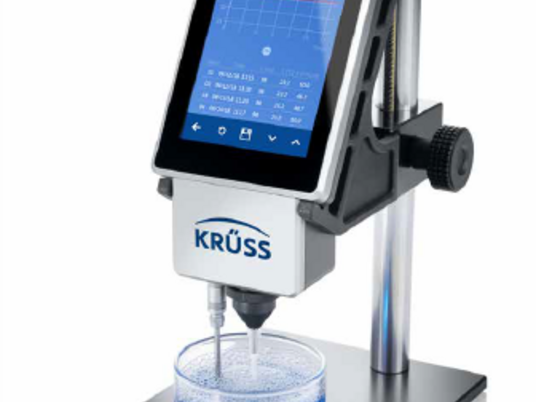
Zeta potential determination
Article number:
520112
Norm:
no
What is determined with this method?
- Zeta (z) potential, i.e. particle charge at a defined pH based on electrophoretic mobility
- Determination of isoelectric point by pH titration
Measuring range:
- Particle size: 5 nm – 10 µm
- Opaque or unstable dispersions are not suitable
What is evaluated with this method?
- Stability of a dispersion: The greater the magnitude of the zeta potential, the greater the electrostatic repulsion between the particles in a dispersion and the lower their tendency to form agglomerates.
Examples of application of the method by material:
- Characterisation of pigments and organic polymers
- Evaluation of the stability of dispersions
- Optimisation of the formulation of a dispersion
- eEtimation of interaction with other charged components
What insights do customers gain about your products/samples with this method?
- Influence of pH value, salt concentration and use of additives on the stability of a dispersion
In which company or process area are these methods applied?
- Process: quality management
- Company: product development, research
Which problems can this method solve / recognise at the customer?
- Optimisation of the stability of dispersions





